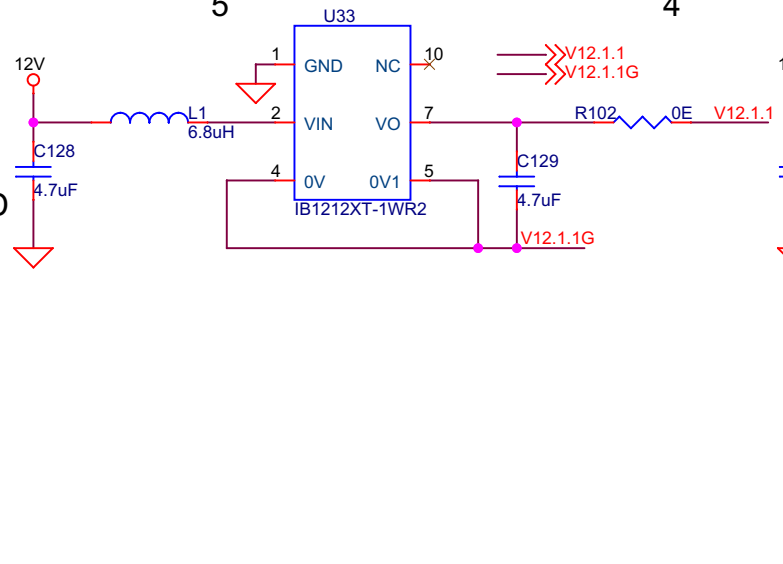Hello,
We are using the LM5106 in our AHB for motor control. We are using F28379D to drive the enable and the signal pins of the driver. Because our control is complex (duty cycle limitations, the application is a SRM controller)) we cannot use a bootstrap driver, we are using 12V to 12V isolated power supplies for the high side driving. We still have a 0.47 uF ceramic cap between Hb and Hs. Our bus voltage nominally is 72V but can go upto 84V, when the battery pack is fully charged.
We were doing unit tests, that is when saw multiple failures of the driver chip.
In the unit test code, I disable the chips, set the input ports, after that I enable the two drivers in each phase. After the test that lasts a few mS, I disable both the chips. This is when they fail. The MOSFETs seem to be safe, atleast for now.
I know the question is a little vague, but the failures are real :-( Appreciate any pointers.
Thanks,
-Bhaktha



